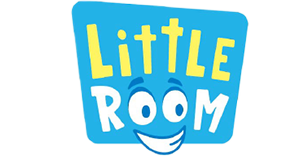Email format error
Email cannot be empty
Email already exists
6-20 characters(letters plus numbers only)
The password is inconsistent
Email format error
Email cannot be empty
Email does not exist
6-20 characters(letters plus numbers only)
The password is inconsistent

News
Happy Arts & Crafts , your reliable partner for OEM/ODM business!
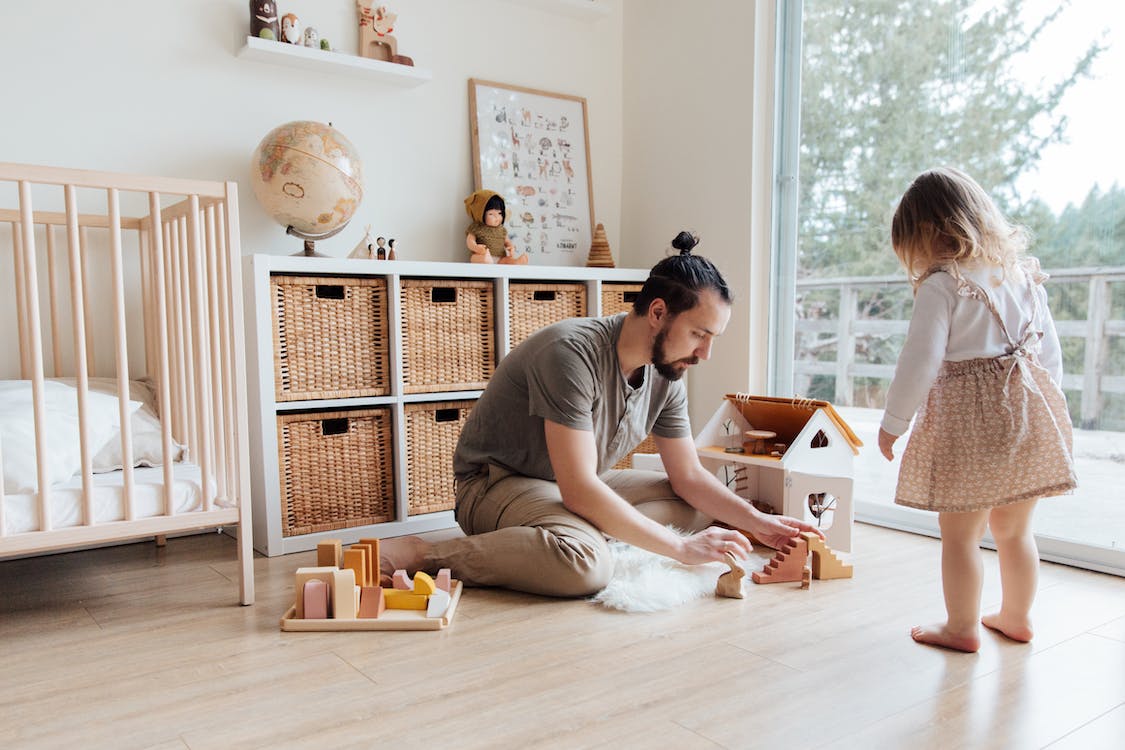
Any recommendations for wooden baby toys?
Our Wooden Toys are made with sustainable wood with water-based paint, vibrant colors, and interesting shapes and characters.Toys are made with real wood, eco-friendly dyes.It is made of pure natural wood and non-toxic water-based paint.
It is a best seller and made of real wood and decorated with non-toxic paints and tested to the highest safety standards
We took the time to research all the best wooden toys out there and we spoke with real parents to help us compile our list of the very best wooden toys for babies.Before that time, all toys were made of natural materials such as wood, cloth, and metal.
How much better does that sound than handing them a cold, unyielding plastic rattle full of toxic chemicals?
Toxic chemicals in plastic toys can be dangerous to infants and young children.
Here are our top picks for wooden toys free from harmful chemicals and paints.

1. Wooden Blocks
Wooden Blocks are a timeless toy for children of all ages. They have been used for centuries as a teaching tool for children, helping them to develop skills such as problem solving, spatial reasoning, motor coordination and creativity. If you’re looking for a fun activity that can be adapted for different skill levels and people of any age, wooden blocks offer the perfect solution. Here is a step by step guide on how to get the most out of your wooden blocks:
This non-toxic play cube has five sides of fun for young children, including a shape sorter, bead maze, and turnplate to spin.
1. Purchase Quality Materials
When purchasing wooden blocks, make sure to get good quality materials that will last longer. Wooden blocks that are made from solid wood with rounded edges are the safest option because they won't splinter or crack when dropped. It’s also best to avoid painted or colored blocks so that your child doesn't have to worry about paint chips coming off in his/her mouth.
2. Select Appropriate Shapes
Sometimes children can become overwhelmed if there are too many different block shapes or sizes in one set. When selecting appropriate shapes, focus on blocks that have simple designs like rectangles, squares and cylinders. Avoid block sets with more complicated shapes like stars and letters – these may be distracting and confusing to young learners who don’t yet understand their basic shapes.
3. Set Up A Learning Environment
Before beginning your playsession with your child, create an inviting learning area where they can explore their wooden blocks freely without distractionie toys around them during playtime will help kids focus on activities with their blocks rather than getting bored easily or being overloaded with stimulation). Make sure there is enough space between objects so they can fully understand spatial orientation while moving around the room freely with their blocks.. Additionally, try having some pillows or cushions nearby in case they need a break from playing — tired little bodies need somewhere comfortable to rest!
4 Encourage Exploring
Rather than instructing your child what do to with their wooden blocks at all times (like building specific towers), encourage them to explore concepts independently .This gives them freedom to experiment without fear of making mistakes and figuring things out on their own terms— such as connecting various structures together or seeing how far something will stand up! Allow them time to ‘think’ through problems before rushing in for solutions — this helps build problem-solving skills and develop confidence which is important during playtime too!
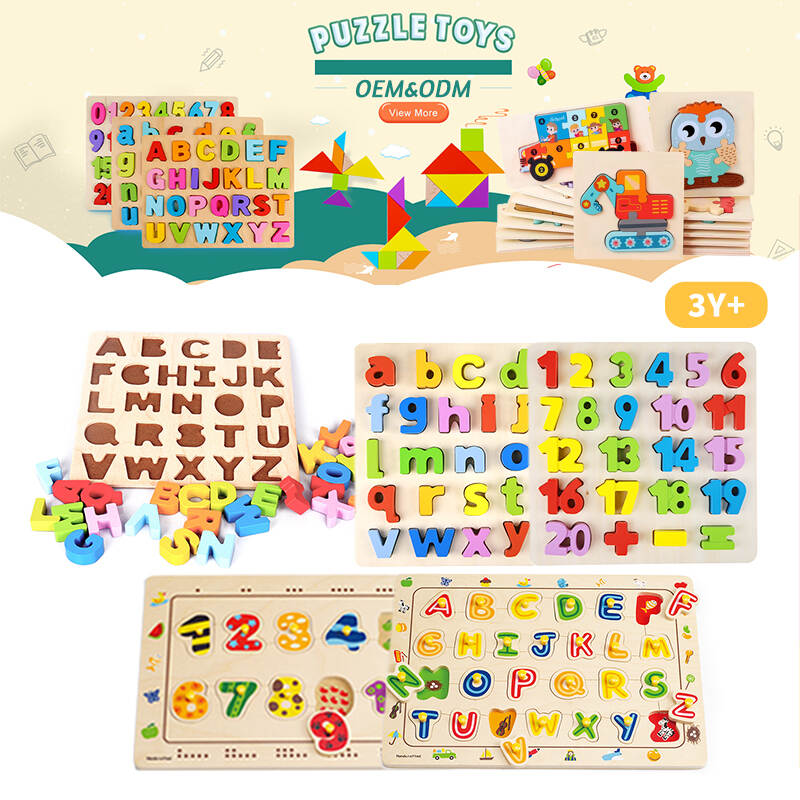
2. Organic Teethers
Organic teethers are a great option if you're looking for an eco-friendly and safe way to soothe your baby's gums. Baby teething can be quite painful, and organic teethers help provide comfort while also meeting strict safety standards. Here are some steps you can take to find the right organic teether for your baby:
1. Ask Your Pediatrician
The first step in finding an organic teether is to ask your pediatrician for advice. Your doctor will be able to best advise you on which type of teether may work best for your baby, as well as provide any tips or advice that may help the teething process go more smoothly.
2. Research the Regulations
Before buying a teether, make sure it meets the current safety regulations set forth by the Consumer Product Safety Commission (CPSC). The CPSC has outlined specific regulations when it comes to non-toxic dyes, plastics, lead content and flame retardants that should be kept in mind when purchasing a teether – regardless of how "organic" it may claim to be.
3. Look Closely at Labels
Once you've done a bit of research and have an idea of which types of organic materials you should look for on product labels, take a closer look to make sure those materials are actually present in the item that you're interested in purchasing. If there is any language on the label that doesn't seem clear or accurate, err on the side of caution and choose another product instead.
4. Find Organic Materials That Are Not Filth-Friendly
It's important to note that just because something is made from organic materials doesn't mean it's going to be pleasant to look at after extended use by your little one! Make sure whatever type of organic material an item is made from won't easily collect dirt or grime over time with frequent use – otherwise, you'll end up with a sticky mess!
5. Get Tax Benefits
If you decide to buy a certified organic product for your baby's needs such as a teether, it's possible that either federal or state taxes may cover part or all its cost depending on where you live – so check into this before making any purchases!
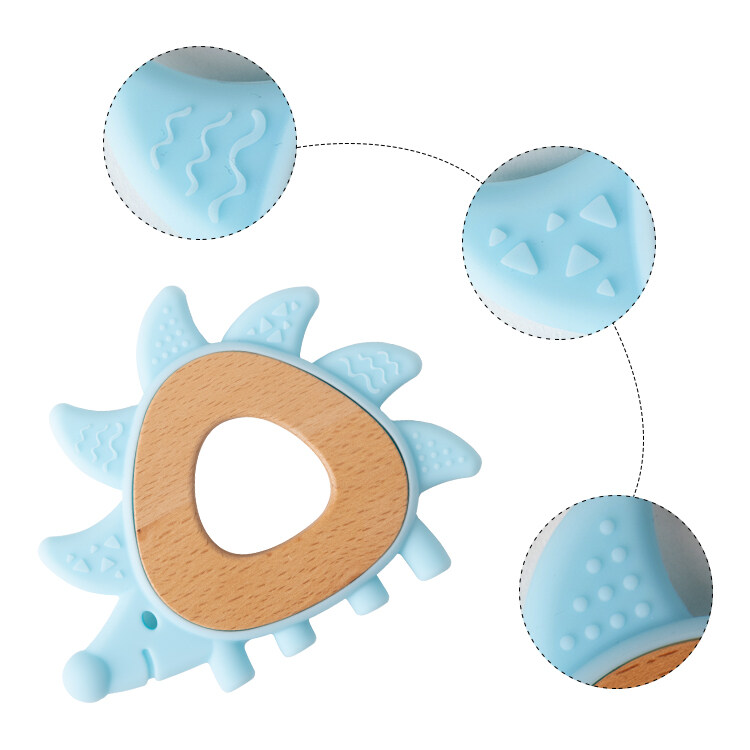
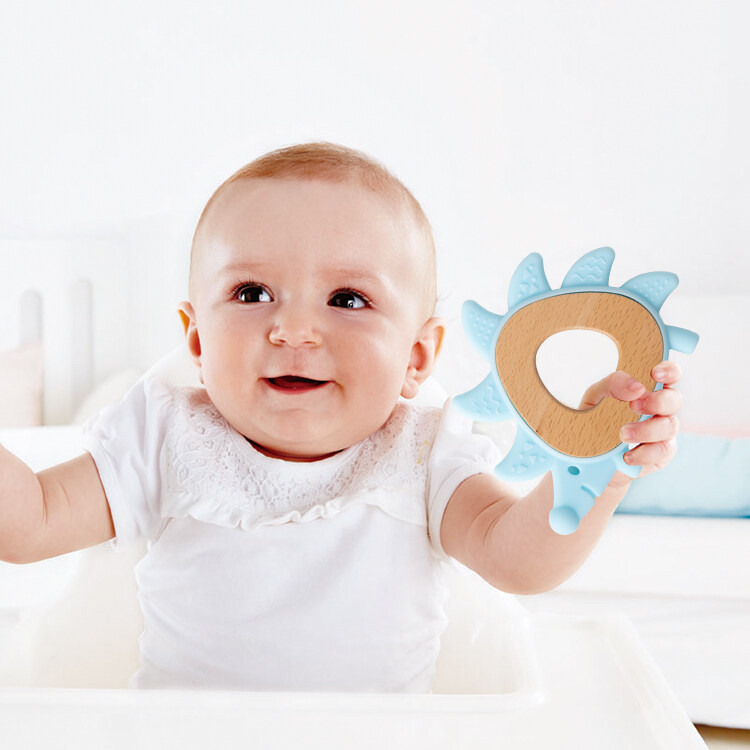
3. Rattles
Giving your infant a rattle is an age-old tradition. Rattles have long been used to help babies engage in active learning, explore new tactile sensations and develop early motor skills. But what type of rattle is best for your baby? There are a variety of factors you need to consider, such as size, sound and texture. Here’s a quick guide on how to pick the perfect rattle for your little one:
1. Choose the Perfect Size Rattle
Make sure to get a rattle that’s sized correctly for your baby's hands. Rattles should not be so large that they pose a choking hazard or block their view during play time, or too small that they become easily swallowed or lost. A good rule of thumb is to get a rattle that fits comfortably in your own hand.
2. Go With Quality Materials
Cheap plastic rattles tend to lose their appeal quickly due to wear and tear, so look into more durable materials like rubber, wood and fabric when shopping around for rattles. Not only will these materials last longer, but they can also provide unique textures and sounds that can peak your young one's interest during playtime.
3. Look Into Natural Sounds
Some infant rattles come with music boxes inside them which may backfire if you're looking for natural ways to stimulate the senses in growing minds – some babies may become overstimulated by loud noises or flashing lights from electronic toys like these. Consider opting for natural elements instead such as rubber teethers filled with bells or wooden blocks with knobs made from differently textured materials - this way it teaches our babies about different sounds and textures without overwhelming them with noise and light.
4. Find Fun Patterns & Colors
Babies love visual stimulation when playing – opt for brightly colored patterns like stripes, polka dots or animal prints – this way even when the excitement starts wearing off you can always switch up the look by adding new decals or interchangeable pieces which keeps things interesting! If you want to keep things simple but still colorful there are plenty of single tone rattles available too - definitely find something eye catching!
5. Grab Your Baby’s Attention With Movement
Infants also respond very well to movement – opt for spinning sunflowers/stars or dangling shapes on strings as these will naturally draw attention when shaken around - plus you don't have too much control over where they go making it exciting each time! You can even try tightening string around a larger item along with some bells attached; now the fun begins!
4. Musical Toys
Music is a great way to bond with family, create memories and even jumpstart your child’s development. But how do you start? That’s where musical toys come in. When picking out the perfect musical instruments for your kids, it’s important to consider what types of music they may be interested in playing or composing, as well as their motor skills and coordination level. Here's a list of steps to help you find the best musical toy for your little one:
1. Determine Your Child’s Age
Musical toys usually come in age-specific packages based on your child's motor skill level and understanding of complex commands. Start by figuring out what age range your child falls into so you can easily narrow down options that are suitable for them.
2. Take Into Consideration Musical Ability
If your child has already expressed a keen interest in music from an early age, consider higher levels of intstrumentation like a xylophone or drum set. These additional levels typically imply a more serious pursuit of music, thus you won't need to invest heavily in basic instruments such as rhythm sticks or castanets more appropriate for young beginning musicians.
3. Research Brands & Prices
When looking for the best price on a particular instrument, look into different brands and compare prices available online or from local stores. Try not to go too cheap if possible because quality should always be taken into consideration when shopping for children’s toys that require safety features and longevity to prevent any accidents or harm to the user while playing with it frequently
4. Shop Around & Compare Features
Sometimes manufacturers offer extra features like adjustable height stands or attachable accessories at an additional cost which could be worth considering if they interest you enough within a certain budget range – make sure to browse around and explore all possible purchasing avenues before making any commitments!
5. Pick One & Get Started!
Once you've decided on a type of instrument (or two) that fits both your budget needs as well as your child's interests/aptitude levels – don't hesitate – get started right away! Most likely they'll love learning how play with their own very own personal new piece(s) of history Maker magic right away!
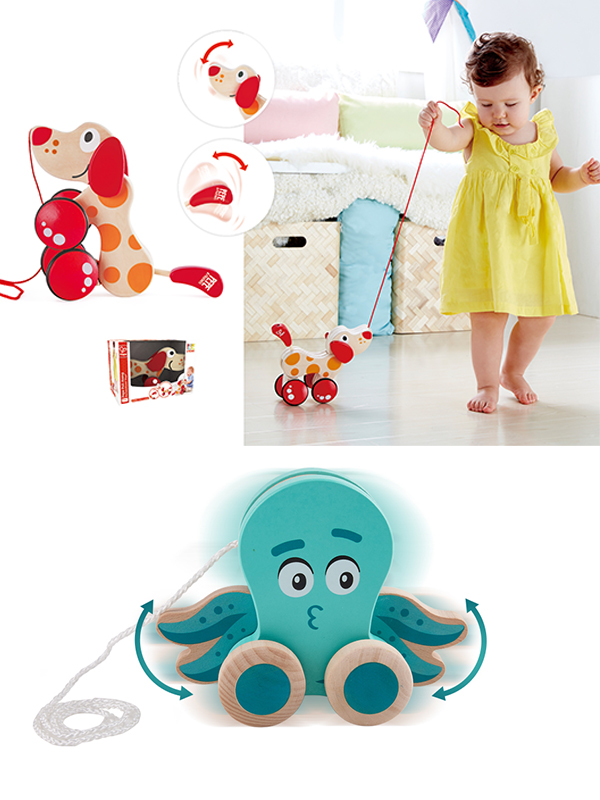
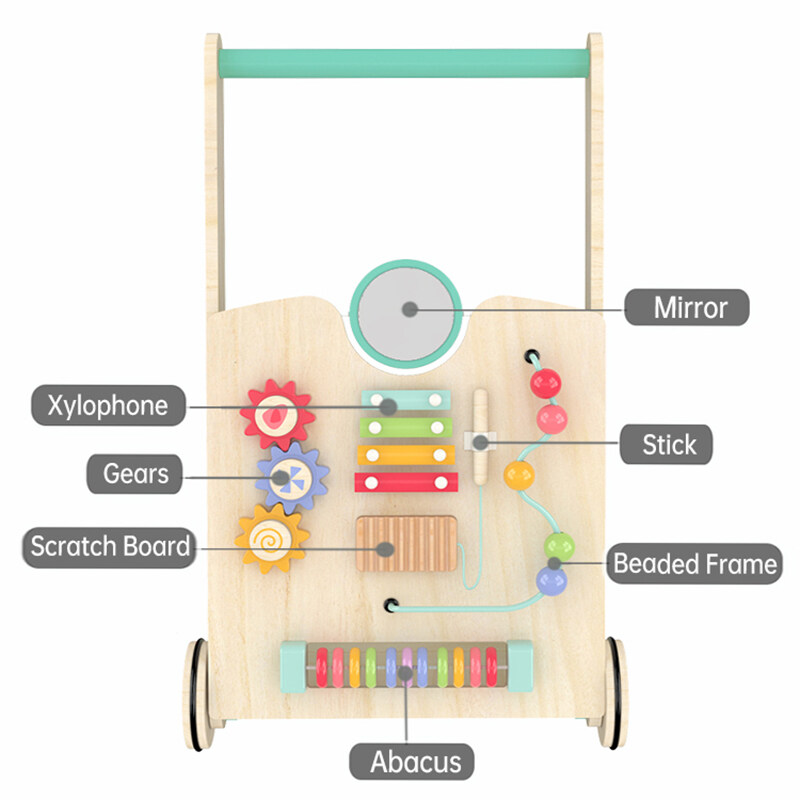
5. Push and Pull Toys
If you have children, you may already know the benefits of owning push and pull toys. Not only do they provide hours of fun and entertainment, but they can also help children develop their fine motor skills and coordination. From classic wooden cabs to plastic ride-ons there are plenty of push and pull options for your little one! Here’s a guide to aid you in learning more about these kinds of toys and how to get the most out of them:
1. Choose a Developmentally Appropriate Toy
When it comes to buying toys for your toddler or baby, it is important first and foremost that you choose one that is developmentally appropriate. Kids under 12 months need a toy that features large buttons with bright colors and shapes as well as playful sounds or music. As kids progress into their walker years (around 12 months), look for toys with larger wheels, colorful handles, and ones with adjustable speeds so they can control their own speed in riding the vehicle around.
2. Understand How Push & Pull Toys Work
Push & pull toys are essentially vehicles which are either pushed or pulled by kids (depending on the type) to be able to move around while playing. The concept is simple; by using either arms or legs, toddlers will be able to propel themselves forward while having fun at the same time! This helps promote gross motor skills such as balance, coordination, strength, etc., while giving them something entertaining to do indoors or outdoors.
3. Consider Your Child’s Age & Abilities When Shopping For Toys
When shopping for push & pull toys, be sure to consider your child’s age and abilities when choosing which type would be best for them. For instance, an infant may not be ready for a ride-on toy yet; instead opt for an activity center with buttons or an interactive play mat. On the other hand, older kids may enjoy playing with wagons , tricycles , mini cars , scooters , roller coasters , pirate ship rides , rocking horses , etc.. So make sure that you select something that meets your child’s age & capabilities when purchasing any type of push& pull toy .
4. Teach Safety First
Before letting your little one use their new toy it is important to teach safety guidelines first! This includes reminding your child that all activities should be done slowly at first so they don't accidentally fall off or hurt themselves in any way—this applies especially when controlling speed on bigger vehicles like tricycles or ride-on cars/bikes (make sure everyone wears protective gear such as helmets). Additionally if possible try going over rules before allowing usage such ad no running through obstacles without prior permission - this will help reduce preventable accidents from happening due to lack of instruction/disobeying safety regulations!
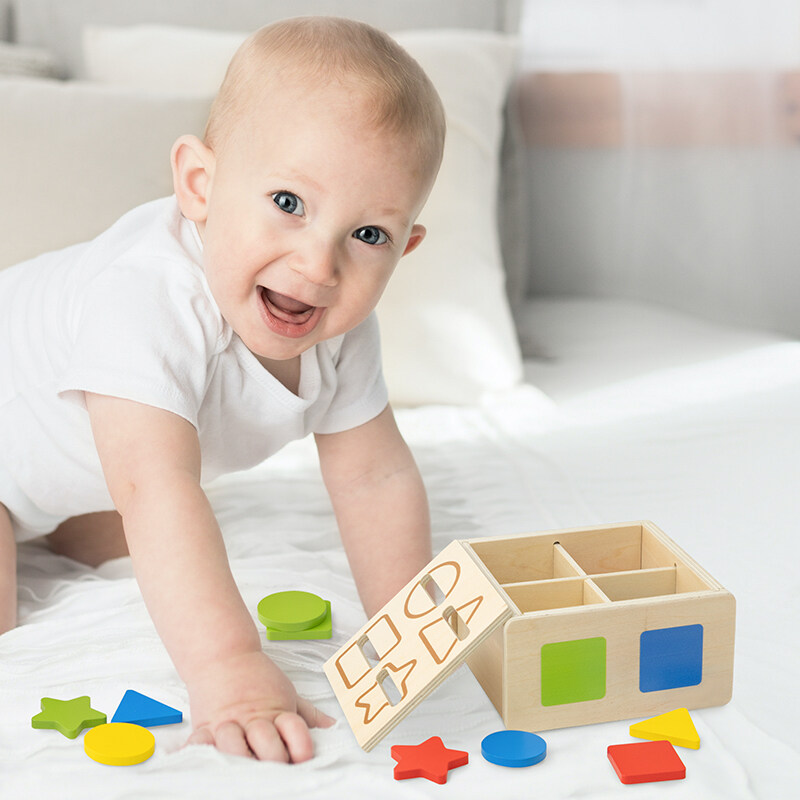
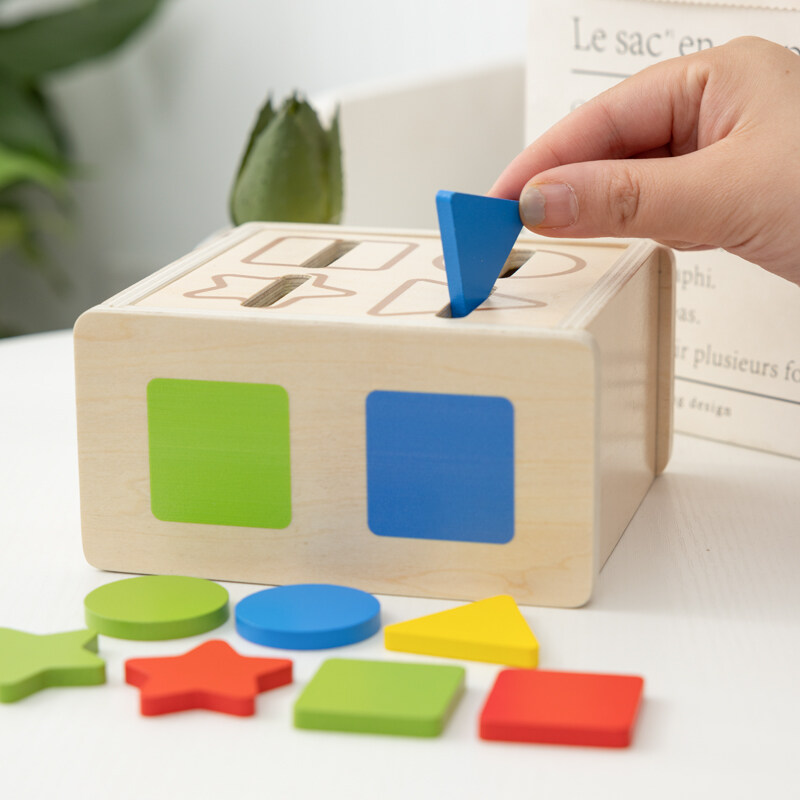
6. Shape Sorting Toys
When it comes to keeping babies and toddlers entertained, shape sorting toys are an effective way to teach them basic shapes and colors and keep them busy for extended periods of time. In this post, we’ll explore the basics of how to use shape sorting toys with your little ones.
1. Choose an Approved Shape Sorting Toy
Various types of shape sorting toys can be found on the market today. You'll want to make sure that the toy you select is age appropriate and is made from high-quality materials that can stand up to a lot of playtime.
2. Identify Shapes
When introducing your little one to a new shape sorting toy, start by pointing out the distinct shapes that come with it and explaining what each one is called. Make sure you also point out any colors associated with different shapes so that your child can begin associating colors with shapes as well.
3. Match Shapes Together
Once your child has been exposed to several different shapes, provide them opportunities to match the different shapes together through their corresponding holes in the toy itself or on another surface such as a puzzle board. This helps them build their skills at recognizing color and shape combinations while also improving their ability to do complex manipulations with their hands - something they'll need in order to understand basic counting skills and other math concepts later on in life!
4. Mix It Up
Make sure you vary up the activity by giving your child multiple sets of shapes at once or by rearranging sets into new positions near each other so they have multiple ways of recognizing which holes correspond with each specific shape and color pairings within seconds upon picking it up! This allows for more efficient understanding without memorizing every single combination separately - great for developing those early problem-solving skills!
5. Develop More Advanced Skills
Finally, try adding more complexity by having your toddler name each object as he/she picks it up or describe how many sides there are for specific objects like three-sided pyramids or four-sided cubes - building those cognitive skills needed for future education development!
